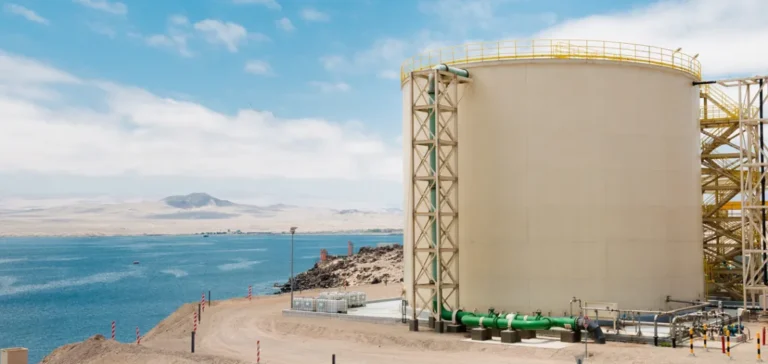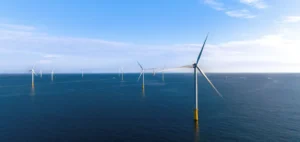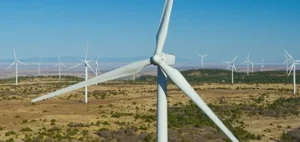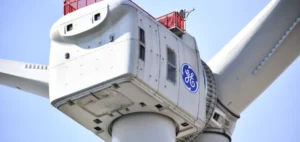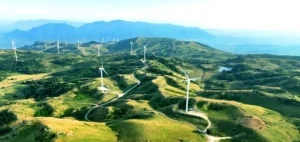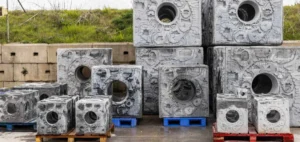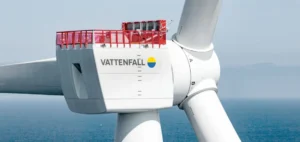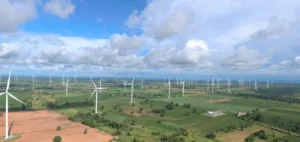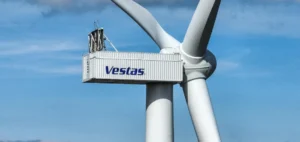AMEA Power has announced its commitment to the second phase of the Agadir desalination project, located in southern Morocco. This extension will increase the plant’s processing capacity to a total of 400,000 m³ per day, making it one of the largest desalination facilities on the African continent.
A strategic partnership and dedicated wind energy production
This project marks AMEA Power’s first operation in the water desalination sector in North Africa. The company is leveraging its Laayoune wind farm, with a capacity of 150 megawatts, to provide the electricity required for the new infrastructure. The first phase of the Agadir plant was developed under the direction of Cox, a recognised player in water and energy management, while the second phase is now supported by a joint venture between the two companies.
The joint venture agreement, signed in May 2025, provides for the joint delivery of the site extension, combined with the integration of renewable production capacities. The overall scheme represents an investment of over €250mn ($272mn), split between the expansion of the plant and the construction of the associated wind farm.
Project outlook and schedule
According to the established schedule, the new desalination capacity should be operational by the end of 2026, while full commissioning of the wind farm is expected in 2027. Both companies are following an integrated infrastructure approach, linking access to water and energy security. The Agadir site will thus become a reference point in Africa for the use of renewable energies in industrial processes.
AMEA Power Chairman Hussain Al Nowais indicated that this operation under the Water Alliance Ventures platform illustrates the company’s commitment to deploying integrated solutions to simultaneously address water and energy challenges. He recalled the importance of the Moroccan market in the company’s regional strategy and the pursuit of several other renewable energy projects in the country.
The Agadir project reflects the growing trend to combine energy and water infrastructure to meet the needs of expanding urban centres, while controlling operating costs related to powering large industrial sites.


